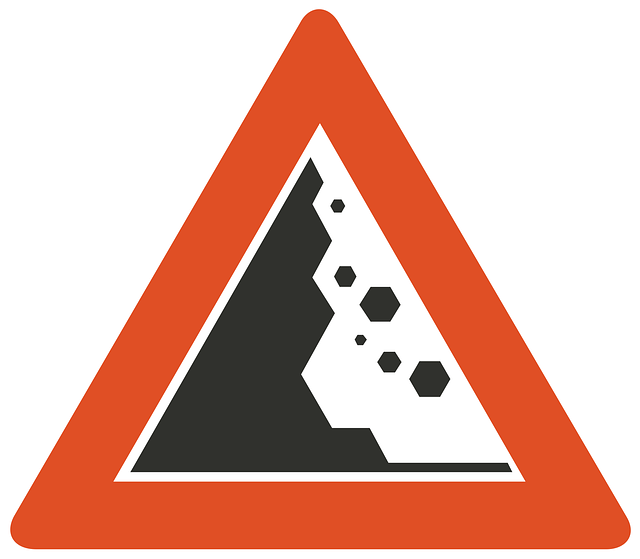Defensive driving focuses on anticipatory risk management, prioritizing road safety through proactive habits like maintaining distance, scanning ahead, and understanding crucial signs. Key select road safety tips include assessing surroundings, planning for challenges, regularly vehicle maintenance, securing items, and learning defensive techniques. This approach is vital during winter, emphasizing vehicle checks, headlight usage, slow driving, and awareness of other users. Continuous updating of road safety knowledge contributes to a safer driving environment.
Staying safe on the road requires a proactive approach: embrace defensive driving. This strategy involves anticipating potential risks, not just reacting to them. By understanding the core concept of defensive driving, identifying common road hazards, and adopting practical tips for hazard mitigation, you can significantly enhance your safety. Continuous learning and adaptation are key; stay informed about Road Safety Tips for a secure driving experience.
- Understanding Defensive Driving: The Core Concept
- Identifying Potential Risks on the Road
- Practical Tips for Anticipating and Mitigating Hazards
- Enhancing Awareness: Continuous Learning and Adaptation
Understanding Defensive Driving: The Core Concept

Defensive driving is a proactive approach to road safety that focuses on anticipating potential hazards before they become dangerous. It involves being aware of your surroundings, understanding risk factors, and making split-second decisions to avoid accidents. By adopting defensive driving techniques, you can significantly reduce your chances of being involved in a collision, ensuring safer trips for yourself and others on the road.
At its core, defensive driving emphasizes selecting appropriate road safety tips tailored to various situations. This includes practices like maintaining a safe following distance, consistently scanning the road ahead, and recognizing signs of fatigued or impaired drivers—for instance, those who have consumed alcohol or drugs. Understanding road signs and their meanings is another crucial aspect, as these visual cues provide essential information about speed limits, turns, and other regulations designed to maintain order and safety on our roads.
Identifying Potential Risks on the Road

Identifying potential risks on the road is a key component of drive defensive. Before hitting the highway, take a moment to assess your surroundings and plan for any possible challenges ahead. This includes being aware of local driving conditions, weather updates via best apps for real-time traffic information, and understanding the specific safety guidelines for areas you’re entering. By staying informed, you can anticipate hazards such as construction zones, wildlife crossings, or sudden changes in road conditions, enabling you to respond accordingly and reduce risks significantly.
Additionally, always remember to check your vehicle’s maintenance, especially when embarking on long journeys. Regular checks of tire pressure and wear, brake functionality, and fluid levels are essential. For parents, child car seat installation tips should be a priority for ensuring the safety of young passengers. Even simple tasks like securing loose items in the trunk or adjusting mirrors can make a big difference in avoiding accidents. Remember, drive defensive by staying alert, prepared, and proactive in managing potential risks while on the road.
Practical Tips for Anticipating and Mitigating Hazards

Anticipating and mitigating risks on the road is a key aspect of defensive driving. Here are some practical tips to ensure safe winter driving practices every motorist should know. First, maintain your vehicle with regular checks on tires, brakes, lights, and windshield wipers. These basic yet crucial components significantly impact your control and visibility during adverse weather conditions.
Additionally, learn defensive driving techniques online to prepare for unpredictable situations. Always scan the road ahead, anticipate potential hazards, and allow sufficient space between your vehicle and others. When driving in low-visibility conditions, use your headlights and slow down. Remember, safe winter driving practices every motorist should know include being prepared for sudden stops and maintaining a calm demeanor. Also, be mindful of other road users, including cyclists and pedestrians, especially when navigating through areas with heavy traffic or construction zones. Bicycle safety rules for kids are not just relevant to parents; everyone on the road has a role in keeping our streets safe.
Enhancing Awareness: Continuous Learning and Adaptation

Staying ahead of potential hazards on the road is a key aspect of defensive driving. This involves continuous learning and adaptation to ensure that your awareness remains sharp. Regularly updating your knowledge about road safety tips, such as those for navigating narrow, winding roads safely or understanding pedestrians’ rights at crosswalks and signals, can significantly enhance your defensive driving skills.
By adopting a mindset of continuous improvement, you can better anticipate risks. This includes learning from different scenarios, whether it’s understanding the proper bicycle helmet fitting guide for adults and kids to prevent injuries in case of accidents or recognizing potential dangers unique to certain road conditions. Such proactive measures not only protect yourself but also contribute to a safer overall driving environment.
By adopting a proactive approach through continuous learning and adaptation, drivers can significantly enhance their safety on the road. When combined with practical tips for anticipating risks and identifying potential hazards, defensive driving becomes an invaluable skill set. Remember, selecting the right road safety tips can make all the difference in navigating today’s bustling highways. Stay aware, stay safe.
